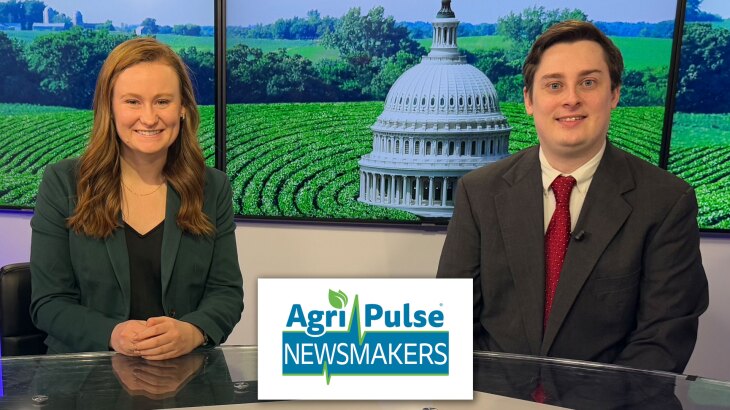Porcine Reproductive and Respiratory Syndrome, otherwise known as ‘PRRS’ is a costly disease for hog farmers with $500 million in reproductive losses in 2022.
Advancements in gene editing and protein modification have helped breed pigs naturally resistant to PRRS thanks to research out of Kansas State University alongside precision breeding and genetic company, Acceligen.
“Gene editing is one of the most powerful breeding tools that allow us to address some of the biggest challenges facing the pork industry and to create a more sustainable and ethical food system,” Tad Sonstegard, CEO of Acceligen said.
“The PRRS virus is endemic in this country. It’s common in all swine-producing states,” Daniel Linhares, a professor of veterinary diagnostic and production animal medicine at Iowa State University said.
Most producers and their vets have vaccination programs to control production losses but no one has been able to rid the virus all together.
Researchers at Acceligen say these breakthroughs could create a better future for the animals and producers.
“At Acceligen, our goal is to use the best tools for breeding and selection to create a better future for animals, farmers, consumers, and the environment,” Sonstegard said.
Story via Courtney Love with Successful Farming
Tim and Sharyn Abbott of the Music City Celebration Sale preview the weekend’s premier auction, drawing breeders to Nashville again this year.
December 12, 2025 04:27 PM
·
CoBank’s 2026 Year Ahead Report cites global grain oversupply, easing inflation, rate cuts, and major data center growth that could reshape rural America.
December 12, 2025 12:42 PM
·
Plan for sharp, short-term volatility after unexpected outages; permanent closures rarely trigger major price spread disruptions.
December 12, 2025 12:25 PM
·
Ethanol output softened, but underlying supply-and-demand trends indicate stable longer-term use despite short-term volatility in blending and exports.
December 12, 2025 11:47 AM
·
Strong Farm Credit finances help cushion producers, but prolonged low crop margins could strain renewals in 2026.
December 12, 2025 11:42 AM
·
USDA data confirms that U.S. agriculture remains overwhelmingly family-run despite structural shifts in scale and production, according to a new analystis by Farm Flavor.
December 11, 2025 06:00 PM
·
Stronger sorghum genetics could enhance the resilience of bioenergy crops and broaden production options for growers in harsher climates.
December 11, 2025 03:38 PM
·
American Farm Bureau Federation (AFBF) economist Danny Munch joined us on Thursday’s Market Day Report to break down the scope of the U.S. Christmas Tree industry and what growers are up against.
December 11, 2025 01:53 PM
·
Rising beef supplies and lower cattle prices, weaker hog markets, and softening dairy prices will shape producer margins heading into 2026.
December 11, 2025 01:32 PM
·





















